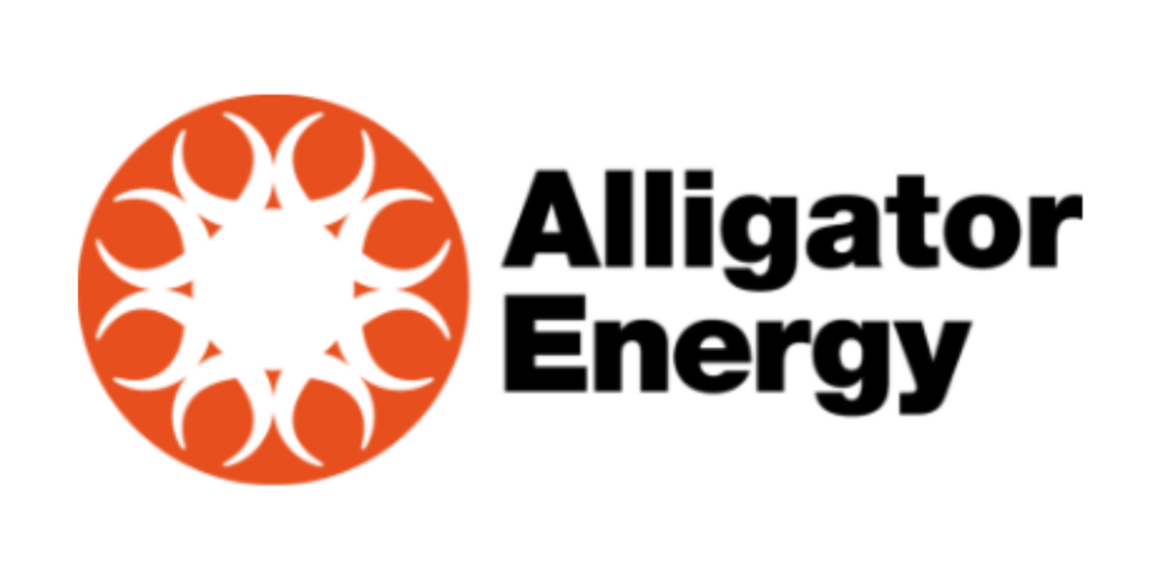Highlights
Cautionary Statement
The Company uses an Olympus DP-4050 portable X-ray Fluorescence (pXRF) analyser to screen aircore drilling samples for mineralisation before submitting samples to a commercial laboratory for assay. This allows for some understanding of the distribution of mineralisation prior to sampling to better ensure that samples submitted for analysis are representative of the type and style of mineralisation sought. The pXRF provides confirmation that mineralisation is present however it is not an accurate determination of the elemental concentration within the sample analysed. Limitations include, very small analysis window, possible inhomogeneous distribution of mineralisation, analytical penetration depth and possible effects from irregular surfaces. The results obtained from the pXRF are indicative only and may not be representative of elemental concentration within the material sampled. The pXRF readings are subject to confirmation by chemical analysis from an independent laboratory. The Olympus DP- 4050 (S/N 550191) pXRF was calibrated on 7 February 2024 by Evident Australia using Alloy Certified Reference Material produced by Analytical Reference Material International (ARMI).
Next Steps
Alligator’s CEO Greg Hall stated: “This is the first significant greenfields discovery of uranium in South Australia since the Samphire Uranium Project in 2007 by the company UraniumSA Ltd. The thickness extent of mineralisation layers ranging up to 20m in these discovery holes is impressive for this style of mineralisation. While estimated grades are still on the lower side, to have grade- thickness intersections close to the cut-off used at our Samphire Project from the initial discovery area is very encouraging.
The discovery appears to validate the uranium formation model developed by the previous Big Lake geologists from whom Alligator acquired the initial tenement, and we acknowledge their work. The sediments above the Cooper Basin cover are an extensive area, and we hope this has the potential to develop into a new ISR amenable uranium field, similar to the Curnamona Province which hosts the Beverley, Four Mile and Honeymoon deposits.
I would like to congratulate our exploration team: for their initial EM interpretation work on the project back in 2019, the detailed seismic interpretation work carried out during 2022/23, and the planning, logistics and safe drilling operations carried out to date. We are also very appreciative to the Traditional Owners, pastoralists and other stakeholders in the region that have facilitated access for our work.”


Leave a Reply